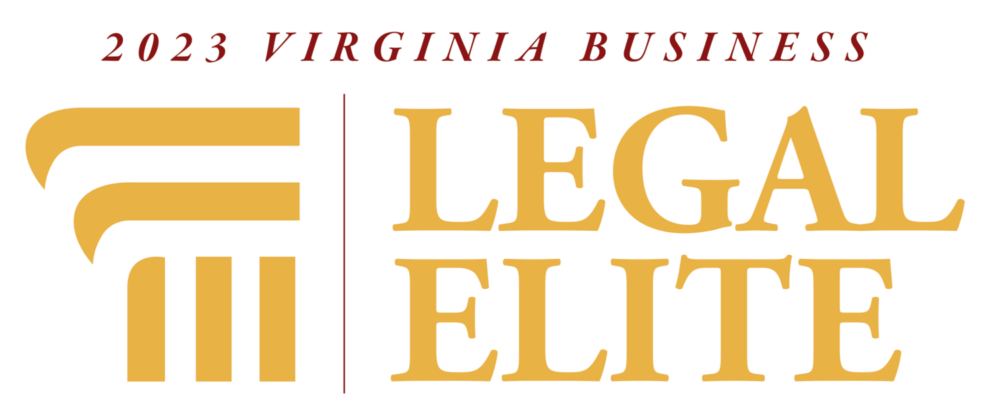Article by Noah Flaks
On April 3, 2024, the USPTO published proposed new rules and fee adjustments for fiscal year 2025. The proposed new rules can be seen here: https://www.federalregister.gov/documents/2024/04/03/2024-06250/setting-and-adjusting-patent-fees-during-fiscal-year-2025
The USPTO has requested comments from the public during a sixty day period ending on June 3, 2024. The USPTO is expected to consider the comments and finalize their rules and fee adjustments sometime later this year. When enacted, the new rules and fees will be effective as early as the beginning of fiscal year 2025, which begins October 2024.
Xsensus will work closely with our clients to develop strategies to most effectively balance USPTO cost increases with patent prosecution strategy. The USPTO proposed changes are extensive and not all will be covered here.
The following items may significantly impact budget and patent prosecution strategy:
General fee increases: The USPTO proposes to increase fees across the board. In particular:
- 10% increase for application filing, search and examination fee
- 5% increase in issue fee
- 25% increase in fees for independent claims in excess of 3
- 100% increase in fees for claims in excess of 20
- 25% increase in fees for inter partes and post-grant review
Changes to RCE fee: The USPTO proposes a new (and more expensive) tiered fee structure for RCE which will incentivize a reduction in RCE filings. In particular:
- First RCE fee increase from $1360 to $1500
- Second RCE fee increase from $2000 to $2500
- (NEW) Third and subsequent RCE fee of $3600
New IDS fees: The USPTO proposes new fees for the submission of IDS items which cause a cumulative number of Applicant-provided items to exceed thresholds. In particular:
- $200 fee for submission of IDS items that cause the cumulative number to exceed 50 items but less than 100 items
- $500 fee (less amount previously paid) for submission of IDS items that cause the cumulative number to exceed 100 items but less than 200 items
- $800 (less amount previously paid) fee for submission of IDS items that cause the cumulative number to exceed 200 items
New AFCP fee: The USPTO proposes a new $500 fee when requesting consideration under AFCP 2.0. Note, this fee does not guarantee consideration of the filing by the examiner. The proposed rule changes will not change AFCP in any way, and the examiner will not be given any more time for consideration under AFCP than is currently allotted.
If this proposed rule is enacted, companies should strongly consider changing after final practice strategy. For example, file after final to incorporate allowable matter, file AFCP request to resolve a § 112 issue, and file RCE when addressing § 101 and prior art rejections which require substantive changes to the claims.
New Continuation fees: The USPTO proposes a new tiered fee structure for additional fees required when the earliest benefit US filing date is more than 5 years ($2200) or 8 years earlier ($3500). Note, these fees are in addition to the filing, search and examination fees required to file the application. If enacted, these new fees will be due at filing of the new application when the new application claims priority to an earlier US application that is filed more than 5 or 8 years prior. The earliest benefit date is US non-provisional filing date/US national stage filing, not foreign priority date and not provisional application filing date.
Changes to Terminal Disclaimer fee: The USPTO proposes significant increases to fees for the filing of Terminal Disclaimer (TD). The fee increases seem to have a goal of changing Applicant behavior with respect to TDs. Currently, all TDs are $170. The proposed changes increase the price of TD based on time of filing:
- TD filed before first Office Action – fee increase to $200
- TD filed after first OA, before final OA or allowance – fee increase to $500
- TD filed after final or after allowance – fee increase to $800
- TD filed with or after notice of appeal – fee increase to $1100
- TD filed in patent or reissue – fee increase to $1400
If this proposed rule is enacted, companies should strongly consider changing their double patenting and TD strategy.
Takeaway
Xsensus will work closely with our clients to develop strategies to navigate USPTO rule changes. Fiscal year 2025 will be here very soon. Therefore, we suggest that companies act now. While it is possible that some of the proposed changes may not be enacted (or may be delayed), we believe that most of the fee increases will be. Companies should strongly consider the USPTO’s proposed rules as to how they will input future budget.
If possible, continuation applications should be filed before the fee and rule changes take effect, as such early filings will avoid the proposed 10% fee increase. And, as much as $2200-$3500 may be avoided for each continuation application having an early benefit dates.
Additionally, companies should consider reviewing procedures regarding IDS submission, TD practice and AFCP strategies to determine whether new fees may be avoided. It may be worthwhile to stop submitting AFCP requests with an after final response. Likewise, it may be beneficial to file a TD with a new continuation application instead of waiting until later in prosecution.
Xsensus will closely monitor the USPTO rule changing process and will provide guidance to our clients as soon as new rules are enacted.








